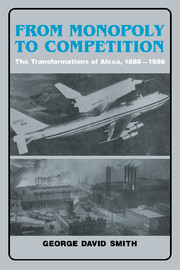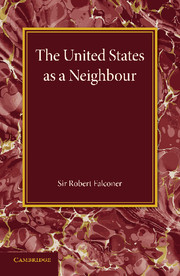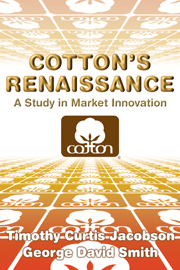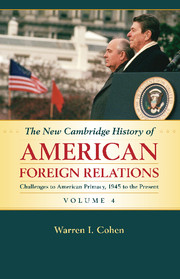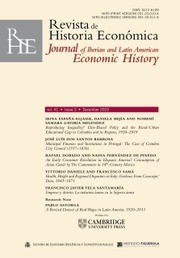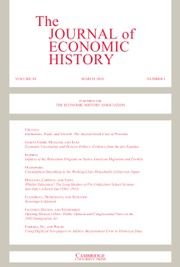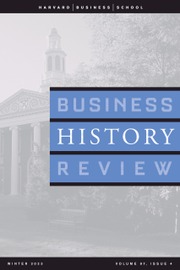From Monopoly to Competition
When Charles Martin Hall patented the process for refining the metal in 1886, it was far from self-evident that the new technology would be a business success. Problems involving the technology had to be solved. Capital and a labour force were needed. The most pressing entrepreneurial dilemma was the need to develop markets for what was then a novelty product. George David Smith examines how Alcoa met these problems, with special attention to innovation, from Alcoa's beginnings through its development into one of the most successful monopolies in American history. By World War II, no other American corporation had developed its industry's markets more dramatically and then dominated them more completely. The book then analyzes the undoing of Alcoa's monopoly by war and antitrust, and examines how the firm adapted to evolving forms of oliogopolistic and global competition.
Reviews & endorsements
"Having access to countless documents dating back to the company's origins, George David Smith provides an engaging account of Alcoa's ingenious development of a market for aluminum as well as its internal organization and management of style. Smith relates an exciting story of the research and development that led to so many aluminum products we take for granted today. Smith's book is captivating and well worth reading." Science
"...brilliantly organized and uncommonly well written...From Monopoly to Competition is thus one of those rare books that can be read with profit by corporate executives (within the aluminum business and beyond) and academics. It also crosses disciplinary lines; economic historians as well as contemporary business consultants will find enlightenment here and not just in the concluding contemporary chapters. Intended mainly as a contribution to corporate self-consciousness, this history of Alcoa necessarily sheds light on many of the major concerns of academic historians: antitrust, foreign investment, research, development and the management of technology, the state and business in wartime, labor relations, and, above all, the structure of enterprise." Journal of Economic History
"...splendid history of Alcoa....Yet this is no mere book by recipe. In addition to many conventional virtues, the author provides some delightful bonuses: a deft capsule history of the rise of big business and its regulation; a primer on the economies of oligopoly; an informed assessment of recent American industrial decline; and a substantial analysis of Alcoa's workforce and labor relations -- a feature usually absent even from some excellent company histories. Overall, Smith's book invites comparison with the very best institutional studies." Thomas K. McCraw, American Historical Review
Product details
August 1988Hardback
9780521352611
592 pages
234 × 152 × 34 mm
1.016kg
Available
Table of Contents
- List of charts
- List of tables
- List of photographs
- Editor's preface
- Author's preface
- Note on the corporate name
- 1. Invention and entrepreneurship: the electrolytic process and the establishment of The Pittsburgh Reduction Company
- 2. Alcoa in context: the rise of the complex corporation
- 3. Building a big business: markets, strategy, and structure through the First World War
- 4. Alcoa comes of age: organization, innovation, and labor from the Roaring 20s through the Great Depression
- 5. Undoing the monopoly: the Second World War and Learned Hand
- 6. Alcoa's 'splendid retreat': the rise of the aluminium oligopoly, 1947–1957
- 7. Magee, Close, and Harper: covering the world in aluminium, 1958–1970
- 8. Responses to a changing world
- Appendices
- Notes
- Index.

